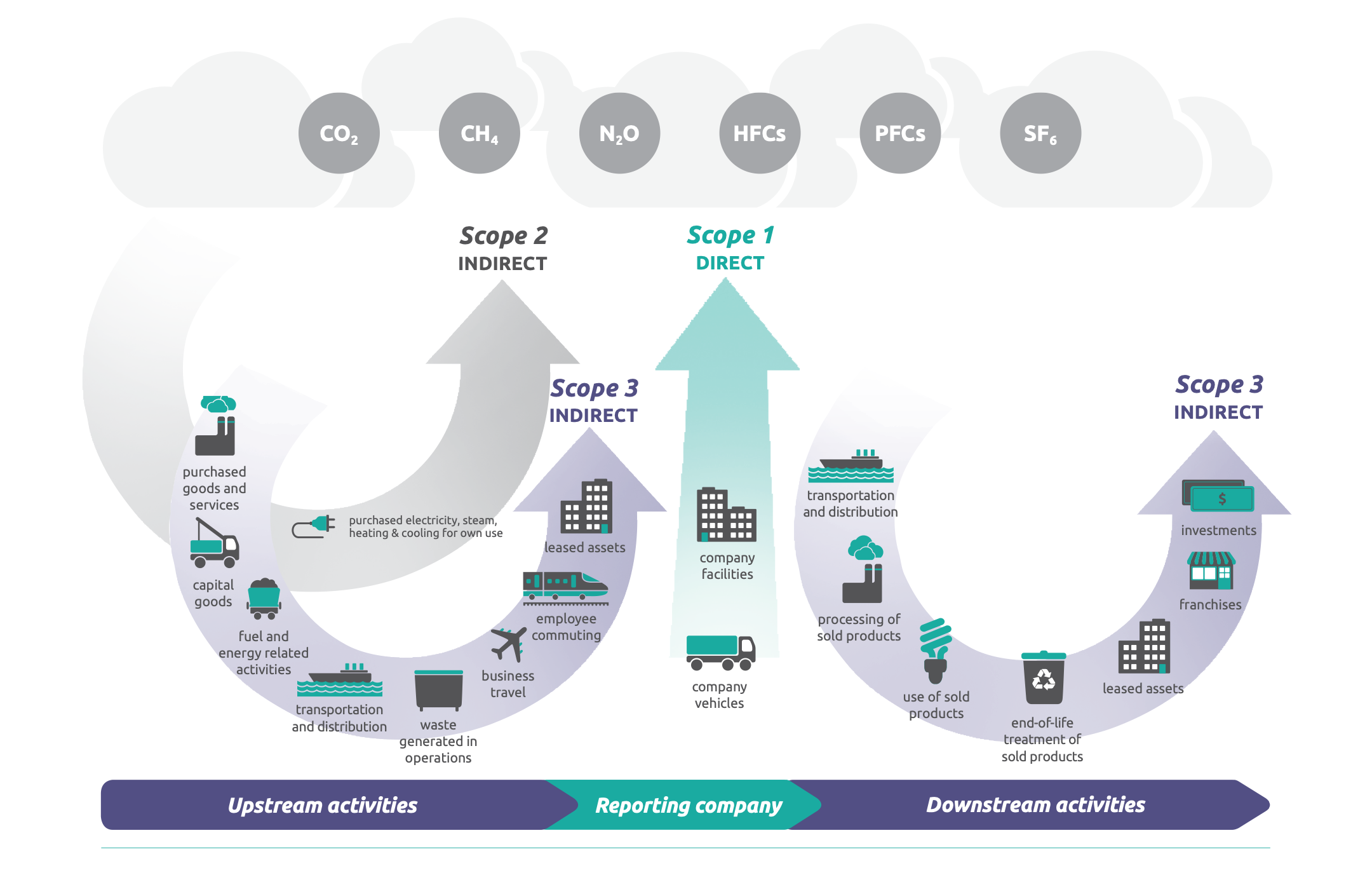A 3-Step Guide to Starting Your Scope 3 Emissions Reporting Journey
– Nov. 16, 2023 –
A key topic for many businesses is accurately measuring and reporting scope 3 emissions. According to the Environmental Protection Agency, that very topic could often represent around 90% of a company’s total carbon output and 75% of a company’s greenhouse gas (GHG) emissions.
As more organizations commit to sustainability and their emissions reduction targets, consider the common challenges that companies face when reporting scope 3 emissions and review the below three-step guide on how you can prepare for your reporting journey.
Scope 3 Emissions: Challenges of Measuring & Reporting
There are several obstacles companies can stumble across when it comes to the measurement and reporting of scope 3 emissions. While each business is unique and will face very specific challenges, some of the most common ones are:
- Reliance on Value Chain Partners – According to ESG Today, only 10% of companies accurately and comprehensively measure their scope 3 emissions. Within supply chains, many rely on shared data to estimate their emissions. However, organizations often struggle to collect relevant and sufficiently granular data from their suppliers. Sometimes, it’s taken from industry averages rather than accurate calculations.
- Data/Reporting – Emissions are generated in each step, from raw materials and production to delivery. Identifying hot spots and developing reduction strategies will only be more challenging without quality and accurate data/reporting.
GHG Protocol Scopes/Emissions Across the Value Chain

Courtesy of GHGProtocol.org
Step 1: Understand Your Collection and Reporting Process

Accurate data measurements enhance your experience when reporting Scope 3 Emissions.
- How is your company’s data being collected and reported on?
- What frameworks are being used?
- Does supplier data match the timeframes for your company’s reporting?
- Do you need to fill in gaps with secondary data (government statistics, industry or national averages or studies)? If so, is your company disclosing the use of secondary data?
- How granular is your data (inputs such as emissions by the truckload, transportations modes, mileage and fuel data)?
Companies should rely on data that can be measured. Reliable data collection techniques and reporting frameworks better equip businesses to make decisions, monitor progress, and efficiently manage their environmental impact along the entire value chain.
Step 2: Assess Relevance of the 15 GHG Scope 3 Categories
Scope 3 covers 15 categories (review them here via EPA.gov) that are broken down into upstream and downstream emissions. These categories provide organizations with more guidance and structure when reporting.
- Focus on the material impact areas by having an assessment done to help you identify the hot spots in your organization’s value chain
- Map material categories across your value chain and see who’s involved in each category (e.g., customers, suppliers, etc.).
Step 3: Plan and Make Adjustments
Develop a system to manage your data collection process. Many steps/parties are involved, and having someone to manage the complexities allows your business to focus on its core: taking care of your customers.
Tips to Reduce Scope 3 Emissions
- Engage the C-suite and board to confirm that everyone in your company understands the implications of Scope 3 and how it will impact their business area.
- Reduce the quantity of waste generated in operations and implement recycling/reuse measures that lead to net GHG reductions.
- Consider sourcing materials locally and find low-carbon opportunities. Replace high GHG-emitting raw materials and transportation modes with lower GHG-emitting raw materials and transportation modes.
- Reduce energy consumption and reevaluate energy sources (e.g., generate energy on-site using renewable sources).
Scope 3 reporting is a journey. As you work towards your sustainability goals, you’ll gather more information and improve your overall performance.

Having a flexible plan in place allows you to focus on your customers.








